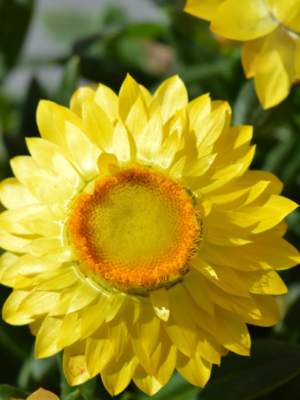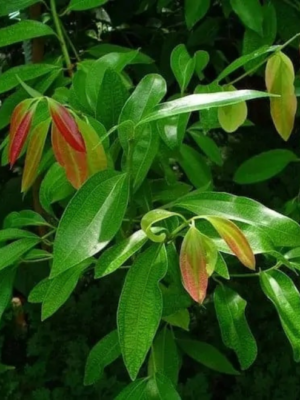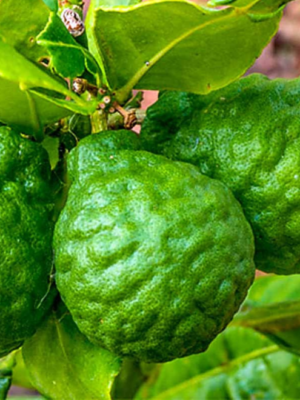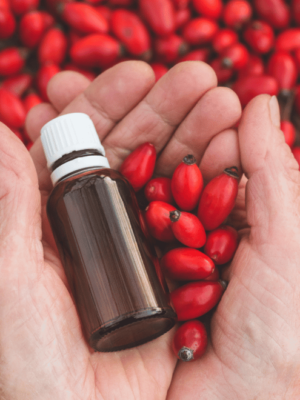Citronella oil is extracted from a grass (Cymbopogon winteranus) native to Sri Lanka, Java (Indonesia), and China. The species Cymbopogon winteranus is used for the production of citronella oil by steam distillation.
One of the primary uses of citronella oil is as an insect repellent. The oil’s scent is effective in repelling mosquitoes, flies, and other biting insects, making it a popular choice for outdoor activities and as an ingredient in various insect-repellent products such as candles, sprays, lotions, and diffusers.
Citronella is commonly used in soaps, candles, perfumes and other products in the cosmetic industry. It is also a plant based, non-toxic insect repellant, registered for this use in the United States since 1948. You will find it listed in many topical products.
As a perfumery ingredient, it has been historically well-represented due to its citronellal, citronellol, and geraniol content.
China is the world’s largest exporter of citronella oil (Indonesia being second). It is estimated that the total world production of citronella is around 4,000 tons with China and Indonesia representing a 40% share of this volume.
Historically China has had a lower cost basis for this product and as a result, is the dominant producer.
Based on unconfirmed data China’s citronella exports can be summarised as follows:
Product Details
- Botanical name: Cymbopogon winterianus
- Origin: China
- Crop Season: June – December
- Plant/part used: Grass
- Method of extraction: Steam distillation
- TSCA CAS: 908000-29-1
- EINECS CAS: 89998-15-2
- EINECS: 289-753-6
- INCI Name: Cymbopogon nardus (Citronella) oil
- Appearance: Pale yellow to tan mobile liquid
- Organoleptic Properties: Fresh Sweet, Geraniol, Weed, Woody
- Density: 0.875- 0.893
- Refractive index: 1.466- 1.474
- Optical rotation: -7º to 0º
- Chemical constituents: Geraniol, Citronellol, Geranyl acetate, Citral, Caryophyllene
- Fragrance usage: max. 3%
- IFRA: Restricted by IFRA
- Allergens: Contains fragrance allergens






